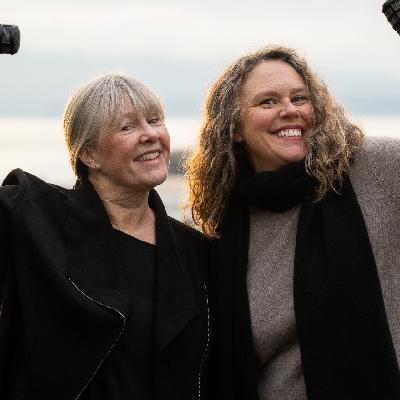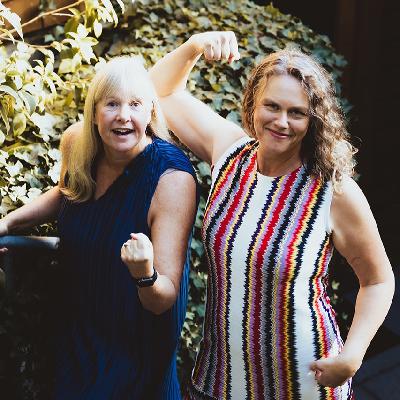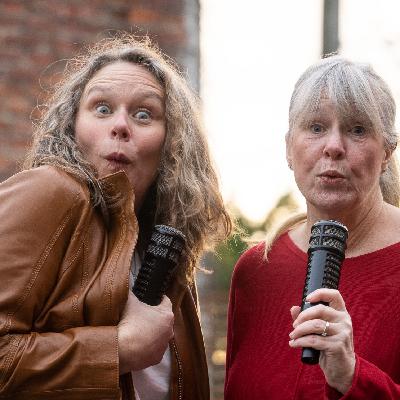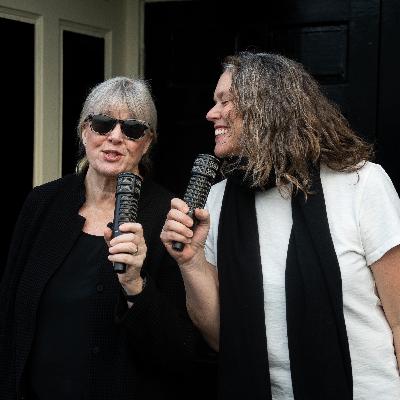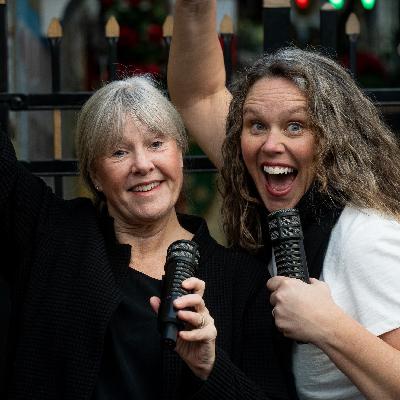Pay Attention--The Critical Role of Observation at Work
Description
In the fast-paced world of work, the simple act of observation is often overlooked—yet it offers a real and measurable edge. Research shows that the ability to “read the room,” such as recognizing emotions in others’ faces and voices, provides valuable insight into unspoken dynamics like mood shifts, alliances, or resistance.
Observation creates the feeling of being seen and heard—for both the observer and those around them. Observation requires not focusing cognitively, but noticing yourself, others, and the environment in real time, with awareness and intention. Writer David Brooks refers to particularly attentive individuals as “illuminators”—those who are persistently curious about others and help people feel truly understood. In contrast, “diminishers” are too self-absorbed to notice what’s happening around them.
Despite our good intentions, there are forces that work against our ability to observe. Power, for instance, has been shown to reduce perspective-taking and awareness of others. To combat this, leaders and people in power should deliberately switch into “observer mode,” especially in rooms where power dynamics are unequal. Other barriers include our negativity bias (we over-focusing on flaws), inattentional blindness (we miss what’s routine or familiar), and our psychological state (stress and urgency diminish our ability to notice others' needs).
There are practical, field-tested strategies to restore and strengthen observational power. Techniques include strategies listing “three good things” noticed during the day, using two-column notes (content vs. process), timeboxed round-robins to ensure equal airtime, and asking diagnostic questions like “What are we not seeing?” or “How could this fail?” Silent writing before group discussions helps quieter observers contribute, while brief reflective summaries during meetings—e.g., “Here’s what I’m hearing; what did I miss?”—can flush out hidden disagreement and signal active listening.
Finally, leaders should watch out for “power fog.” When those in charge speak with certainty, it’s critical to double-check assumptions and seek out dissenting or overlooked perspectives.
Observation is a particularly crucial leadership tool—but it is important for all of us - and as Kirsten says, observation is surprisingly entertaining, often revealing, and always worth slowing down for.
Good Reads:
The Silent Sex: Gender, Deliberation, and Institutions
Power and Perspectives Not Taken
What Great Listeners Actually Do







